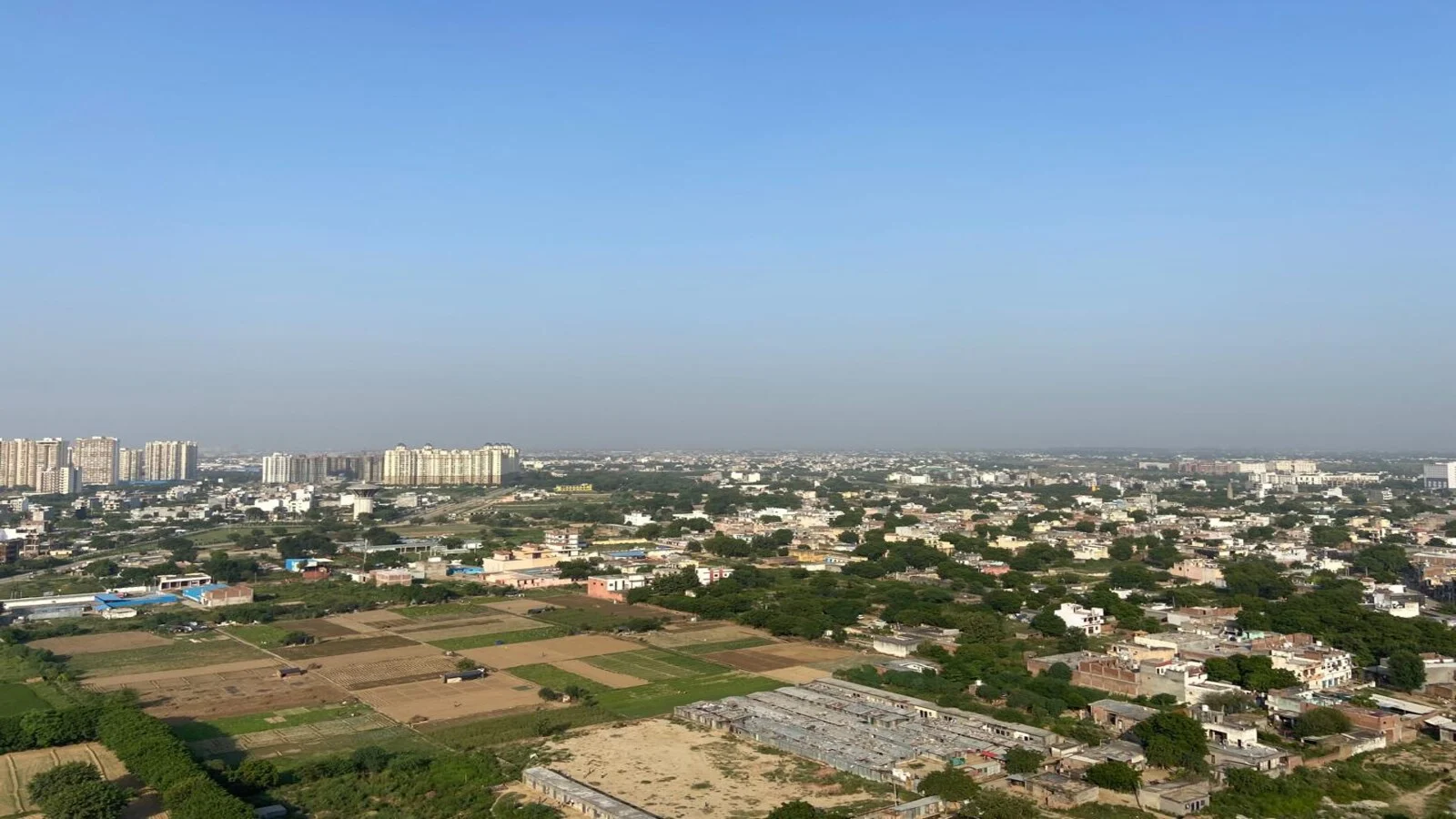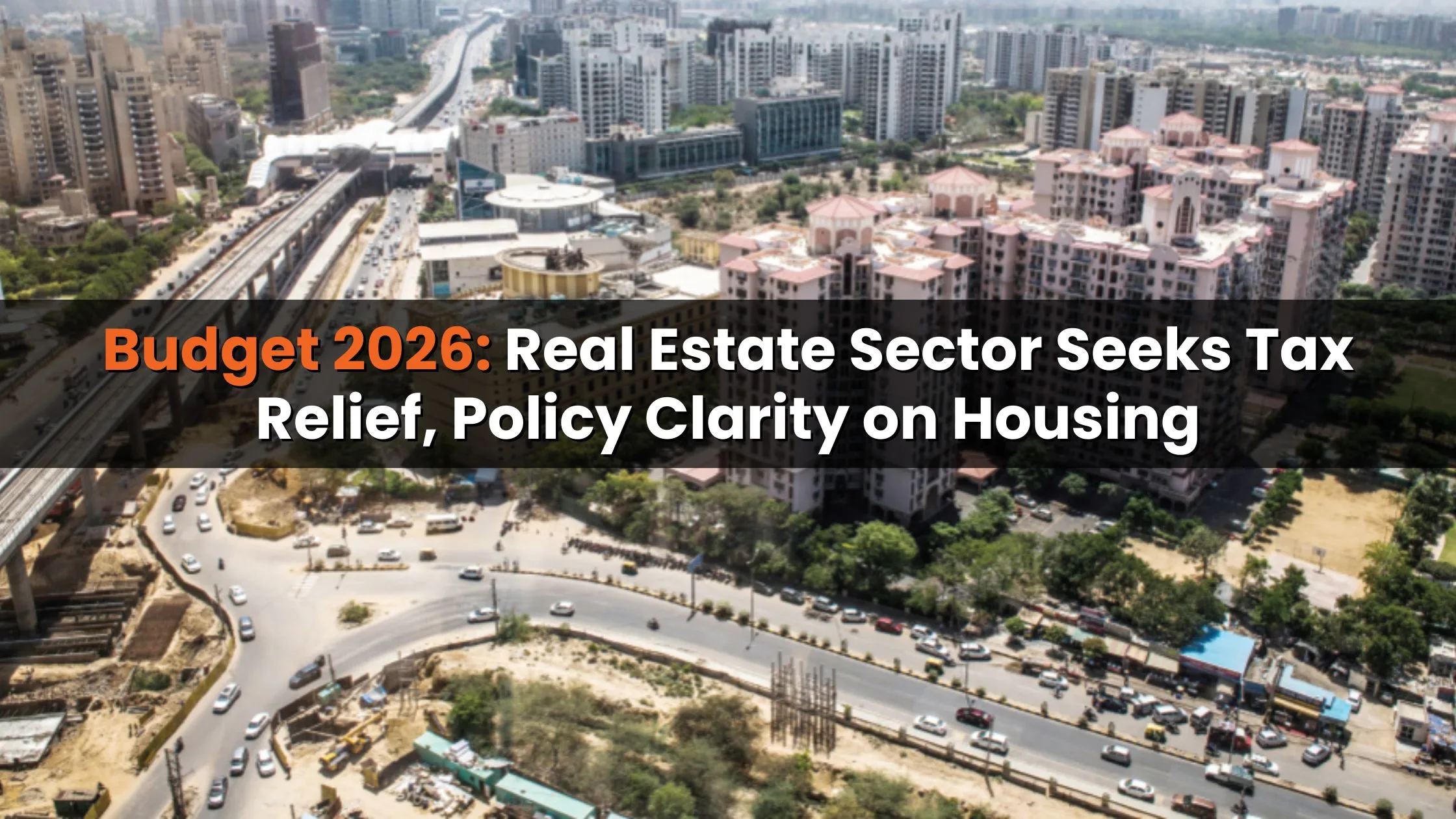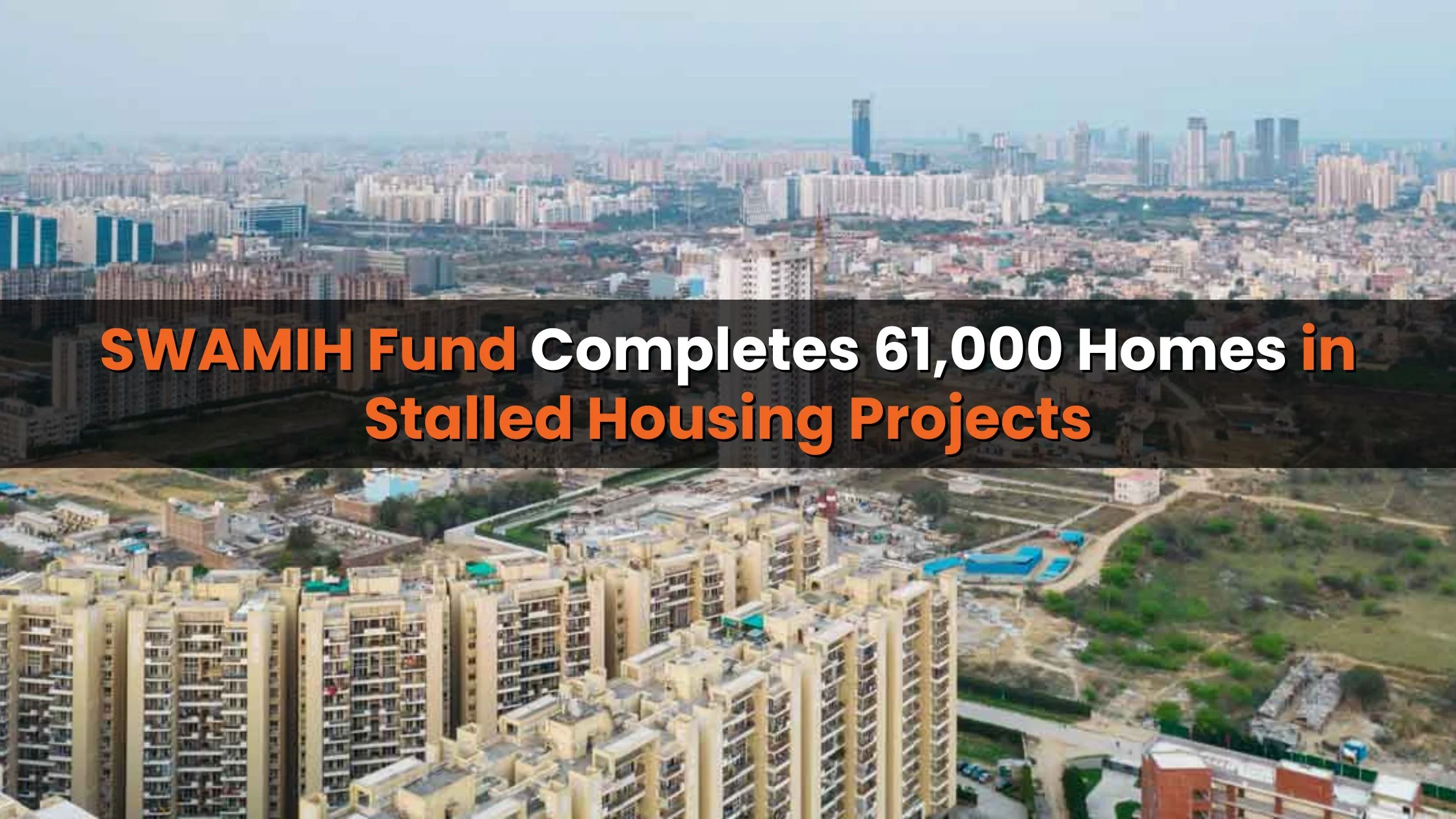Table of Content
- Background: Why the Revision Was Needed
- Yeida’s Board Meeting Decisio n
- Key Features of the Revised Building Bylaws
- Expert Survey & Consultant Role
- Impact on Developers & Real Estate Sector
- Alignment with AAI’s Safety Norms
- Compliance Process for Plot Allottees
- Challenges Ahead
- Broader Implications for Urban Development
- Conclusion
The Yamuna Expressway Industrial Development Authority (Yeida) has taken a major step toward regulating urban development near the upcoming Noida International Airport. In a recent board meeting, the authority approved revisions to the buildings bylaws banning construction near airport, in line with safety guidelines issued by the Airport Authority of India (AAI). The move will have far-reaching implications for real estate projects and urban planning in the region, ensuring that aviation operations remain safe while allowing structured growth around the airport zone.
Background: Why the Revision Was Needed
Until recently, construction restrictions around the Noida International Airport were limited to a 10-kilometer radius. This was enforced jointly by the Noida International Airport Limited (NIAL) and the Gautam Budh Nagar district administration in July. However, following a detailed review, the Airport Authority of India recommended expanding the safety buffer zone to 20 kilometers.
This expansion is critical for ensuring safe flight operations and avoiding any obstructions to air traffic corridors. With a rapidly growing real estate market around Jewar, Yeida recognized the need to adopt buildings bylaws banning construction near airport to balance aviation safety with the region’s urban development.
Also Read: How GST 2.0 Impacts India’s Real Estate Industry?
Yeida’s Board Meeting Decisio n
The decision was formalized during Yeida’s board meeting held at its Sector Omega I office in Greater Noida. The meeting was chaired by senior IAS officer Alok Kumar and attended by key officials, including CEO RK Singh and Officer on Special Duty (OSD) Shailendra Bhatia.
During the session, the board approved the adoption of AAI’s color-coded zoning map, which outlines permissible structures within the 20km radius. The resolution to revise buildings bylaws banning construction near airport was passed unanimously, highlighting Yeida’s commitment to aligning with national aviation norms.
Key Features of the Revised Building Bylaws
The new regulations bring several changes that developers, realtors, and plot allottees must carefully follow:
- Zoning Restrictions: No construction will be allowed within the 20km radius unless it strictly complies with AAI’s zoning map.
- Height Limitations: Buildings taller than 15 meters will require a No Objection Certificate (NOC) from the AAI before Yeida approves their maps.
- Floor Area Ratio (FAR): The FAR will be regulated based on survey results to ensure structures do not interfere with aviation safety.
- Mandatory Map Approval: Allottees must submit building plans to Yeida for approval under the revised buildings bylaws banning construction near airport.
These provisions aim to maintain clear flight paths, reduce risks to aviation safety, and regulate high-rise development.
Expert Survey & Consultant Role
To ensure that the new bylaws are grounded in expert recommendations, Yeida plans to hire a consultant to conduct a detailed survey of the 20km area surrounding the airport.
The consultant’s study will cover:
- Floor area ratios permissible in various zones.
- Maximum height limits for residential and commercial projects.
- Other urban planning guidelines for safe construction.
The survey results will guide Yeida in implementing the revised buildings bylaws banning construction near airport effectively.
Impact on Developers & Real Estate Sector
The decision will directly influence the region’s booming real estate market. Developers planning high-rise residential and commercial towers will now face stricter restrictions, particularly within the 20km buffer zone.
- Residential Projects: Mid-rise projects are likely to be prioritized, while skyscrapers may face delays or require special approvals.
- Commercial Projects: Office spaces and retail developments near the airport will have to adapt designs to meet the zoning map’s criteria.
- Developers’ Concerns: Some developers may view the regulations as restrictive, fearing delays in approvals and reduced land utilization.
However, industry experts argue that these bylaws will stabilize growth, reduce risks, and enhance long-term investor confidence in the airport region.
Alignment with AAI’s Safety Norms
One of the most significant aspects of this decision is Yeida’s alignment with AAI’s safety regulations. The color-coded zoning map provided by the AAI categorizes zones based on permissible building heights and structures.
By incorporating this into the buildings bylaws banning construction near airport, Yeida ensures that development around Noida International Airport remains compliant with national aviation safety standards. This alignment not only secures safe flight corridors but also provides clarity to developers and allottees regarding permissible construction.
Compliance Process for Plot Allottees
Under the revised rules, plot allottees must undergo a clear compliance process before initiating construction:
- Application Submission: Allottees must submit their proposed building plans to Yeida.
- Evaluation: Yeida will evaluate the maps against AAI’s zoning guidelines.
- Approval: Only compliant building maps will be approved.
- Special Cases: For buildings taller than 15 meters, an additional NOC from AAI will be mandatory.
This process ensures that building bylaws banning construction near airport are strictly followed, preventing unauthorized or unsafe development.
Challenges Ahead
While the new bylaws aim to strike a balance between growth and safety, several challenges may arise:
- Developer Resistance: Builders may push back against restrictions that limit high-rise development.
- Approval Delays: Stricter clearance processes could extend project timelines.
- Market Impact: Property prices near the airport may face short-term fluctuations due to uncertainty.
Despite these challenges, the long-term benefits of aviation safety and sustainable development outweigh the drawbacks.
Also Read: UP CM Yogi Adityanath Seeks New Law to Replace 1860 Societies Registration Act
Broader Implications for Urban Development
The revision of buildings bylaws banning construction near airport sets a precedent for urban development around major airports across India. By prioritizing aviation safety, Yeida is ensuring that the airport zone develops in a controlled and sustainable manner.
This move may also encourage other state authorities to adopt similar guidelines around airports in cities like Bengaluru, Hyderabad, and Mumbai. Over time, such regulations will promote safer skies, efficient land use, and more structured urban growth near critical infrastructure.
Conclusion
Yeida’s approval of revised buildings bylaws banning construction near airport marks a significant milestone in balancing urban development with aviation safety. By adopting AAI’s zoning map and enforcing stricter compliance processes, the authority has sent a clear message: growth around Noida International Airport must not come at the cost of safety.
While developers may face new challenges, the revised bylaws will ensure long-term stability, investor confidence, and safe urban expansion in one of India’s most promising growth corridors.









Ans 1. Yeida revised its bylaws to comply with Airport Authority of India (AAI) safety norms, expanding the buffer zone to 20 kilometers to ensure safe flight operations while regulating urban development around the airport.
Ans 2. The bylaws now mandate zoning restrictions, height limits, and compulsory map approvals, with any building over 15 meters requiring an NOC from AAI before construction begins.
Ans 3. Developers will face stricter regulations, with high-rise towers needing additional approvals, though mid-rise residential and commercial projects may continue with fewer hurdles.
Ans 4. AAI’s color-coded zoning map defines permissible building heights and structures within the 20km radius, ensuring clear flight paths and safe aviation corridors.
Ans 5. In the short term, some uncertainty may impact property prices, but in the long run the bylaws are expected to boost investor confidence and stabilize growth in the airport region.
Ans 6. Allottees must submit building plans to Yeida, which will evaluate them against AAI guidelines, and taller buildings will require an additional NOC from AAI before approval.
Ans 7. Height restrictions are essential to prevent obstructions in air traffic corridors, reduce risks to aviation safety, and allow safe takeoff and landing operations.
Ans 8. Developers may experience delays in approvals, limited scope for high-rise projects, and additional compliance requirements, though these steps ensure safer and more sustainable growth.
Ans 9. The revised bylaws set a structured framework for growth, balancing real estate development with aviation safety and guiding long-term urban planning near the airport.
Ans 10. Yes, Yeida’s move sets a precedent, and other state authorities may implement similar building restrictions around airports in cities like Mumbai, Bengaluru, and Hyderabad.